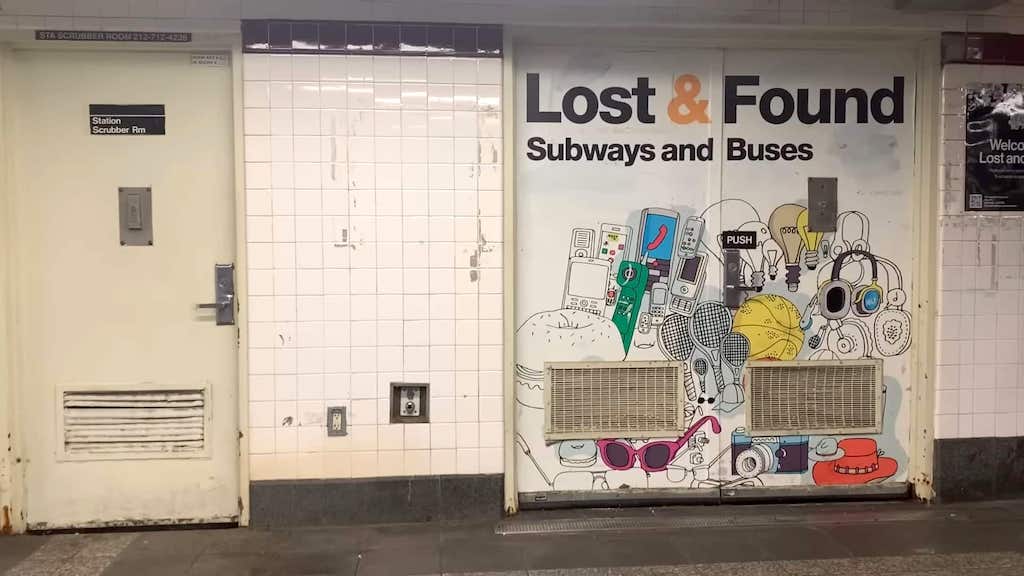In a video written by Amy Muller, the forthright Sam Denby of Half as Interesting describes how the New York City Subway Lost and Found system functions and how well it works.
Turns out the New York City subway actually has a surprisingly robust underground lost and found system that reunites thousands of New Yorkers with their beloved whosits and whatsits every year.
He explains what happens when an item is lost, where it goes, and how a person can reclaim their lost property.
Say you left your journal on the subway, you’ll file a claim on the MTA’s website…an MTA employee turns it in at the station’s booth after cleaning the train later on. The same system of armored trucks that transports the cash and ticket machines to the counting facility in Queens will pick up your journal and take it to Penn Station. There the employees enter it into their database and check to see if it matches any of the claims filed. If it does, they contact you. So now you can either make a pickup appointment or pay the shipping cost answering the age-old question how much would you pay to not go to Penn Station?
Denby also allows for the fact that a Good Samaritan will find the item and either return it to the MTA or contact the person belonging to the time themselves if contact information is available. Muller started the lost and found process by putting several fake journals into the system to test the whole system. She and Denby discovered that the process was just as expansive as the NYC subway itself.
At the end of the day the subway’s lost and found system is a lot like well the subway system. It’s vast, it’s complicated, it runs on whatever schedule it’s feeling that day, and New Yorkers have no choice but to depend on it.







